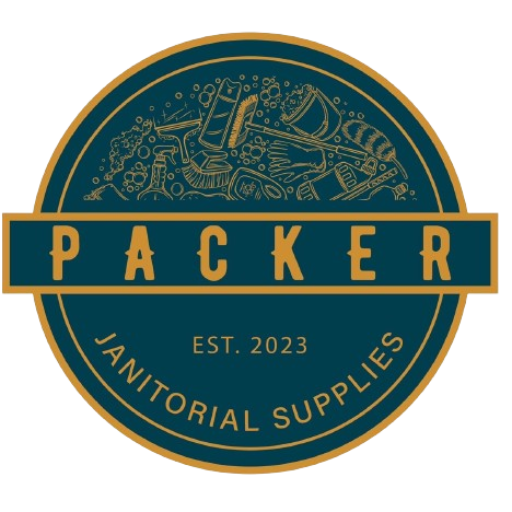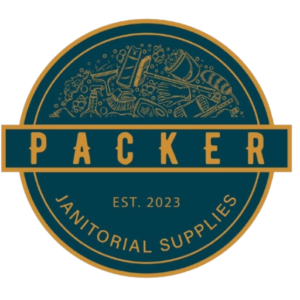In Southern California, an A rating from the Department of Public Health isn’t just a badge of honor—it’s essential for a successful restaurant. This bright blue placard, often posted near the entrance, gives customers confidence in your food safety, sanitation, and operational standards. But achieving and keeping that “A” requires more than just surface-level cleanliness. It demands a culture of consistency, accountability, and proactive compliance.
Here’s how you can set your restaurant up for a top health inspection score by keeping your kitchen clean, safe, and regulation-ready.
1. Understand the Grading System
Southern California restaurants—particularly in Los Angeles, Orange, Riverside, and San Diego Counties—are evaluated using a point-based inspection system. Health inspectors assess risk factors like food handling, cleanliness, equipment condition, and pest control.
- Score of 90–100 = A rating
- 80–89 = B
- 70–79 = C
- Below 70 = closure or conditional pass
Each violation carries a point deduction depending on its severity. Major health risks (like improper food temperatures or rodent infestation) carry higher penalties than minor issues (like chipped floor tiles or missing labels).
2. Start With a Deep Clean
If you’re prepping for an inspection or just opened a new kitchen, start with a thorough top-to-bottom cleaning:
- Degrease all surfaces: Hoods, vents, walls, fryers, and under appliances are hotspots.
- Sanitize high-touch areas: Handles, prep counters, fridge doors, sink fixtures, and POS stations.
- Steam-clean floors and scrub grout where debris and grease build up.
- Clean drains and traps: Food buildup can lead to flies and foul odors.
Pro tip: Use a cleaning checklist broken down by daily, weekly, and monthly tasks to assign responsibilities and track progress.
3. Train Staff on Food Safety Protocols
Every team member should be ServSafe certified or familiar with basic food safety principles:
- Wash hands thoroughly after any task change.
- Use color-coded cutting boards to avoid cross-contamination (e.g., red for raw meat, green for produce).
- Store raw items below cooked and ready-to-eat items in the fridge.
- Label and date all food containers.
- Rotate stock using FIFO (First In, First Out) to avoid expired ingredients.
Hold monthly refreshers or toolbox talks to keep safety top of mind.
4. Keep Temperatures in Check
Food temperature violations are among the most common and heavily penalized inspection issues. Ensure:
- Cold storage is at or below 41°F.
- Hot-holding equipment keeps food above 135°F.
- Thermometers are in all fridges and freezers and are calibrated regularly.
- Cooked foods reach their required internal temps (e.g., poultry: 165°F).
Use temperature logs daily and train staff to verify temps throughout service.
5. Maintain Spotless Equipment
Appliances, prep surfaces, and utensils should always be clean and in good working condition:
- Clean slicers, mixers, and blenders after every use.
- Replace cracked or stained cutting boards.
- Don’t use duct tape or cardboard as makeshift fixes—it’s a red flag for inspectors.
- Run your dish machine or 3-compartment sink using proper sanitizer concentrations.
Label cleaning bottles clearly, and never store chemicals near food or utensils.
6. Store Everything Correctly
Inspectors often check storage practices, not just cleanliness. Make sure to:
- Store all food at least 6 inches off the floor.
- Keep dry goods in sealed, labeled containers.
- Cover all food in the fridge or on prep lines.
- Avoid overstocking fridges—good airflow is critical.
Bonus tip: Use wire shelving (instead of solid metal or wood) for better air circulation and easier cleaning.
7. Prevent Pest Problems
A single roach, fly, or rodent dropping could drop your score dramatically. Set up a proactive pest management system:
- Seal all entry points: door gaps, floor drains, and pipe chases.
- Take out trash regularly and clean the dumpster area.
- Work with a licensed pest control service for monthly or quarterly inspections.
- Keep a log of pest reports and actions taken.
Train staff to spot signs of infestation and to report immediately.
8. Organize Your Paperwork
You’ll need to show proof of your food safety efforts, so keep all required documents readily accessible:
- Employee food handler cards or ServSafe certifications
- Temperature and cleaning logs
- Pest control reports
- Equipment maintenance records
- SDS (Safety Data Sheets) for chemicals
Store these in a binder or digital system near the manager’s station.
9. Know What Inspectors Look For
Inspections in SoCal are unannounced, and inspectors use a standardized checklist. They typically assess:
- Food handling and preparation
- Temperature control
- Cleanliness of prep and storage areas
- Proper sanitization and handwashing
- Plumbing and ventilation conditions
- Pest presence or prevention
- Employee hygiene and training
Make it a habit to run a mock inspection monthly using your county’s checklist. Empower your team to self-audit and flag issues before they become violations.
10. Foster a Culture of Clean
Cleanliness is not a one-time task. It must be a teamwide expectation—from chefs to dishwashers to front-of-house staff. Create a system where:
- Cleaning is built into each shift schedule.
- Tasks are documented and verified by supervisors.
- Employees are recognized for keeping their stations clean.
Create visual checklists, use whiteboards in the back of house, and establish accountability so everyone knows what “clean” really means.
Final Thoughts
Earning and maintaining an A rating in Southern California isn’t luck—it’s about leadership, systems, and a commitment to safety. Customers are paying attention, and a visible A placard can influence their dining decisions. A clean kitchen doesn’t just help you pass inspections—it builds trust, protects your brand, and creates a safer environment for your team.
Put the right habits, training, and protocols in place, and that blue A won’t just be a letter on the door—it’ll be the foundation of your reputation.


